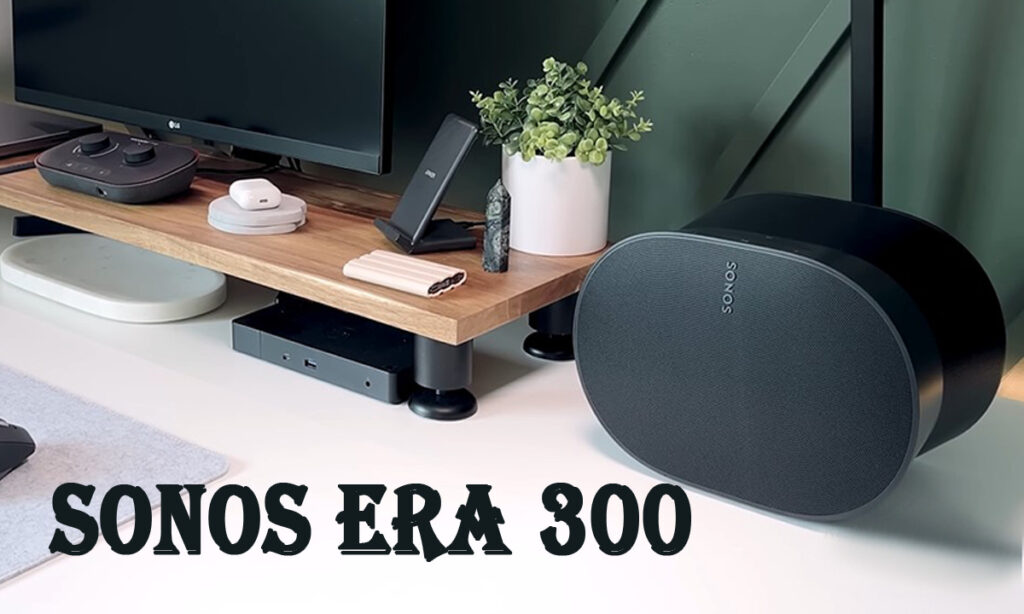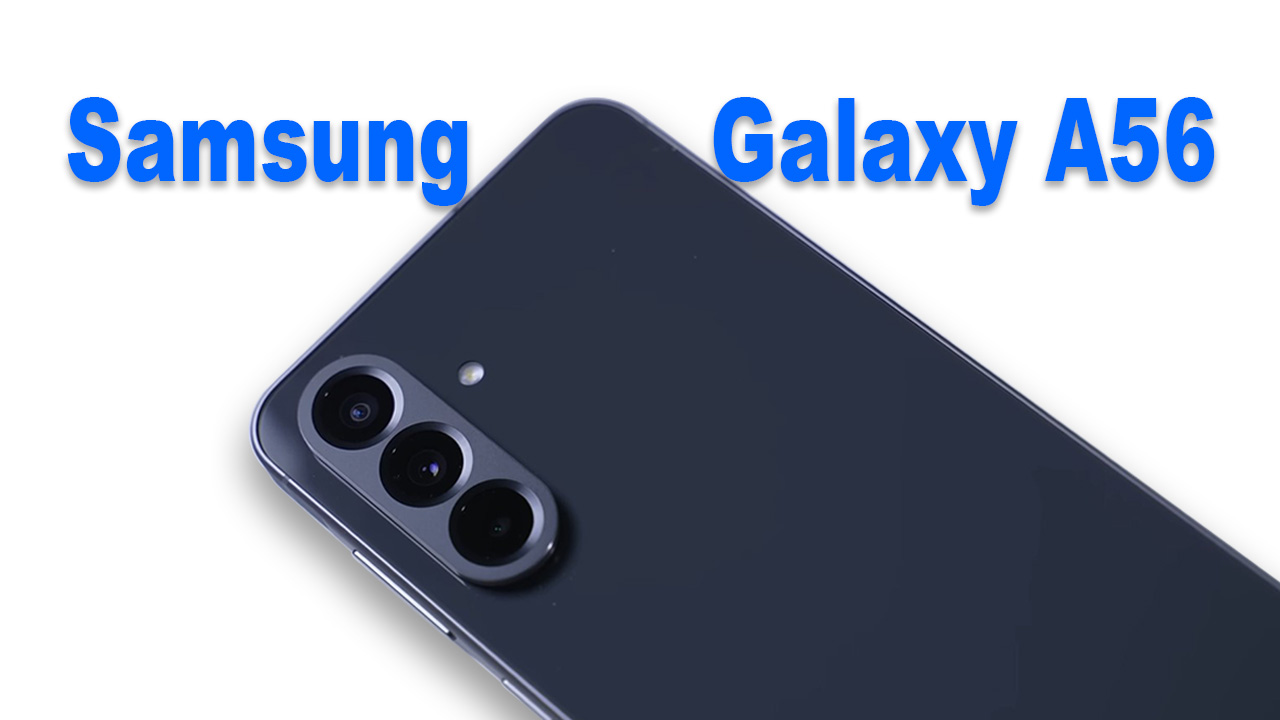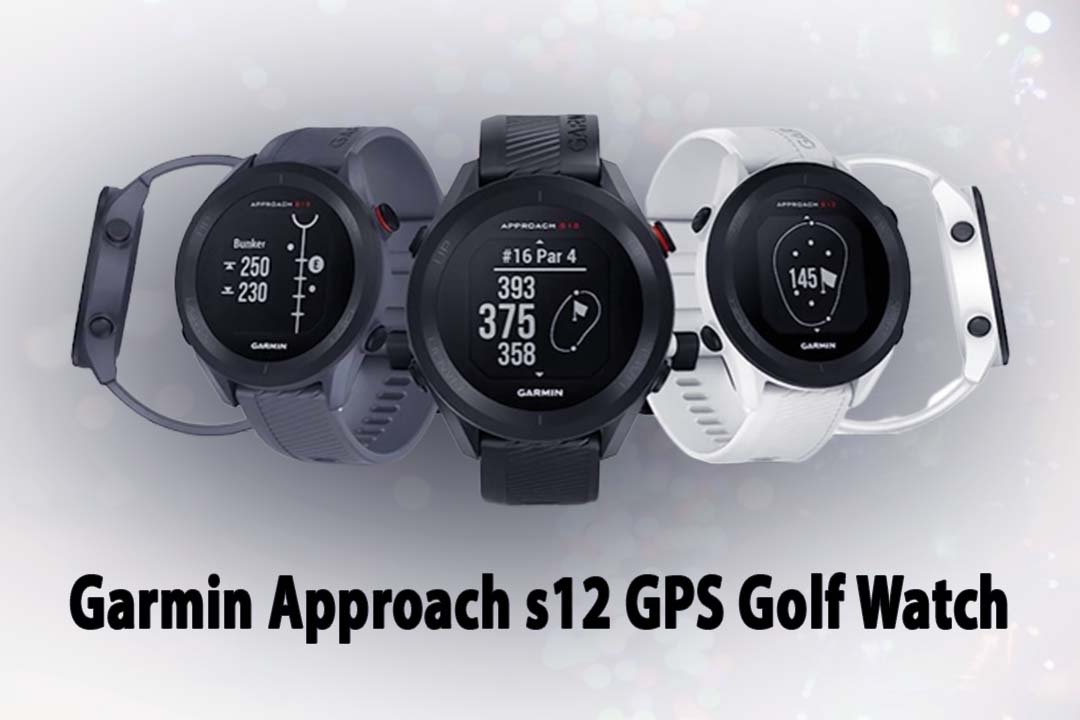Sonos Era 300 Review
Sonos Era 300 sets itself apart from typical wireless speakers in both appearance and sound. Boasting a unique arrangement of six drivers, which emit sound in four directions simultaneously, it has been designed to fully utilize spatial audio, specifically Dolby Atmos Music. This immersive 3D surround sound format was previously only available through headphones or an expensive Dolby Atmos-compatible home theater system or soundbar.
When this $449 compact smart speaker is loaded with Dolby Atmos Music, the result is nothing short of magical. It’s highly unlikely that you’ll willingly part with it once you’ve experienced its incredible sound quality. We may have to pry it from your cold, lifeless hands.

Sonos Era 300 Not Your Average Speaker
Sonos Era 300 speaker lineup follows the same color scheme as the other home speakers in the range, available in black or white. Both color options feature an attractive, understated all-plastic exterior. However, if you’re prone to noticing fingerprint marks, it’s best to opt for the white version, as the black finish tends to show even the slightest of smudges on its smooth beltline.
Despite its unique and attention-grabbing hourglass shape, the Era 300’s design is not just for show. Its shape allows five of the six drivers to project sound both outward and slightly forward, resulting in a more immersive audio experience. Visualize the speaker as the center of a flower, with the petals representing the sound, and you’ll understand the design concept.
The Era 300 speaker has a clever design that allows it to perform at its best, although I’ll discuss its sound quality shortly. However, this design feature also means that you should ensure it has enough space to breathe. Placing it in a bookshelf or any location that blocks the sides or top of the speaker is not recommended.
Furthermore, finding a bookshelf that can accommodate the Era 300 may be challenging, considering its dimensions. At 6.3 inches tall, 10.2 inches wide, and 7.2 inches deep, it is relatively compact for a speaker with such capabilities, but it is not exactly small.
Sonos Era 300 Friendly Indicators and Controls
On the top of the speaker, you will find the newly revamped touch controls from Sonos. The track skipping and volume functions have been separated, making it easier and more accurate to use. The grooved volume slider is especially satisfying to use, providing a tactile feel to adjusting the loudness.
Additionally, there are two ways to control the built-in microphones, a quick tap-to-mute control on the top, and a microphone kill switch on the back panel that physically disconnects the mic circuit for maximum privacy. However, Sonos currently has no plans to introduce a microphone-free “SL” version of the Era 300.
In my review of the Era 100, I suggested that Sonos should consider adding backlights to the controls to make them more visible in darkened rooms, especially as the compact Era 100 could be placed on a nightstand. However, given the Era 300’s larger size, this may not be necessary.
A significant improvement on the Era 300 is the location of the LED that indicates voice assistant response, muting, and software updates. Previously located on the top surface of previous speakers, it is now behind the grille at the front of the speaker, visible from any angle.
Powerful and Smarts
While the Sonos Arc soundbar holds the title for the most powerful Sonos smart speaker, the Era 300 is the most potent music-focused smart speaker in Sonos’ range. The Sonos Five ($549) delivers a more substantial sound, but it isn’t a smart speaker.
You can choose to operate either Amazon Alexa or Sonos Voice Control (SVC) assistants, or both at the same time on the Era 300. Unfortunately, Google Assistant isn’t available, and it’s uncertain whether it will be added in the future. Although several other Sonos smart speaker models feature Google’s AI, the current relationship between Sonos and Google is strained, and it may take some time before they can reconcile their differences.
Despite the absence of Google Assistant, the Era 300 works seamlessly with Alexa and Sonos Voice Control (SVC). The microphone array effectively picks up your voice from a distance, and unless you’re playing music at an extreme volume, it can hear your commands over the sound.
If you use streaming services like Spotify, Tidal, TuneIn, or YouTube Music, Alexa is the better choice at the moment. However, if you primarily use Apple Music, Amazon Music, Deezer, Pandora, or Sonos Radio, SVC is an excellent option. SVC’s Sonos-specific abilities, such as grouping and ungrouping speakers or accessing Sonos playlists, are particularly useful.
Connections Option
The Era 300 and Era 100 represent Sonos’ first Bluetooth-enabled home speakers. For Sonos users who are accustomed to pre-Bluetooth technology, this is a refreshing addition. Simply press and hold the dedicated Bluetooth button on the back of the speaker to put the Era 300 in pairing mode, and then you can connect any Bluetooth device and begin streaming. Unfortunately, the 300 is not equipped with hi-res capable Bluetooth codecs, only SBC and AAC.
It is worth noting that the audio quality of Bluetooth sessions is not quite on par with sessions initiated through the Sonos app. As such, it may not be the ideal choice for critical listening. However, it finally enables visiting friends to play music on your Sonos system without the need to share Wi-Fi passwords or download the Sonos app.
The Era 300 and Era 100 offer remarkable flexibility, particularly with their Bluetooth capability. Unlike the Sonos Move, which must disconnect from Wi-Fi to use Bluetooth, the Era speakers allow simultaneous Wi-Fi and Bluetooth use, enabling control of their settings from the Sonos app while streaming via Bluetooth. Additionally, with the Wi-Fi connection still active, the Era 300 can stream Bluetooth sessions to any other Sonos speaker in the house.
These speakers can also function as standalone Bluetooth speakers with some limited SVC commands available, after completing a Wi-Fi-connected setup. Lossless streaming is also available without the Sonos app, with Apple devices using AirPlay 2 at 16-bit/44.1kHz CD-quality and Tidal Hi-Fi subscribers using Tidal Connect for 24-bit/48kHz hi-res tracks. Spotify Connect is supported as well, leaving Google’s Chromecast wireless audio platform as the only major omission. Given the current state of Sonos and Google’s relationship, it is unlikely to be added anytime soon.
Sonos Era 300 External Devices
Sonos’ past home speakers have been somewhat limited in terms of external connectivity. They didn’t have Bluetooth, and unless you wanted to spend a lot of money on the Sonos Five, you couldn’t connect an external audio source like a turntable. This might have been reasonable back in the mid-2000s when Sonos was first making a name for itself as the top wireless audio system, but in 2023, with vinyl sales surpassing CD sales for the first time in years, it’s a significant drawback.
Sonos has acknowledged the demand for external connections and made the Era 300 more accommodating by introducing a $19 line-in adapter that connects any 3.5mm analog connection to the speaker’s USB-C port. While turntables will require a preamp and an RCA-to-3.5mm patch cord, once connected, the Era 300 will play records or any other analog audio.
The line-in adapter is visible in the Sonos app and can be accessed by any Sonos speaker, even if the Era 300 is not in use. For those who prefer a wired network connection, there is a $39 combo adapter that adds an Ethernet jack to the 3.5mm input. Although Sonos has not yet mentioned digital audio adapters, the USB-C plug is already a digital interface, so it remains a possibility.
Sonos App
Setting up the Era 300 is as effortless as it gets for Sonos fans. The Sonos app can be downloaded and installed easily, followed by creating an account, if needed. After that, you can plug in the Era 300 to the power outlet and let the app take over.
The app will detect the speaker automatically, confirm your intention to set it up, and promptly guide you through the steps of connecting to your Wi-Fi network, naming the speaker, and selecting a location, without requiring you to input passwords or press unfamiliar button combinations on the Era. In just a matter of minutes, you can have the Era 300 up and running, and a little longer if you need to add your streaming services to the Sonos app.
Room Tuning System
The Era 300 boasts a significant upgrade to Sonos’ Trueplay room-tuning system. The previous version required an iPhone to automatically adjust the EQ to match a room’s acoustics. However, with the Era 300, both Android and iPhone users can use a new version of Trueplay that utilizes the speaker’s built-in microphones, making it quicker and more convenient. The advanced tuning option that was available with an iPhone is still accessible, although it’s difficult to distinguish between the two options’ sound quality.
Sonos Era 300 Sound
I’m not fond of exaggerated claims, but the Era 300 is a product that truly lives up to them. When it comes to playing traditional stereo music, it’s easily one of the best wireless speakers available on the market. The speaker’s frequency separation is outstanding, with clear and crisp highs and balanced mids that reveal intricate details. And the bass performance is simply mind-blowing. During a demo for my colleague, Derek Malcolm, he even mistook the Era 300’s bass for that of a connected Sonos Sub.
But the Era 300’s capabilities truly shine when playing Dolby Atmos Music. It’s an experience like no other, and one that truly demonstrates the speaker’s exceptional performance.
Describing a product without hyperbole can be challenging, but the Era 300 from Sonos is one of those rare products that truly deserves such accolades. As a wireless speaker, it already performs exceptionally well, providing clear highs with just the right amount of sparkle, impressive mid-range detail, and truly astonishing bass. During a demo for my colleague, he was blown away when he learned that the Sonos Sub wasn’t even connected to the speaker.
But the Era 300’s true capabilities are best experienced with Dolby Atmos Music. Take, for instance, The Weeknd’s Blinding Lights: while the Tidal Hi-Fi version is undoubtedly great, the Amazon Music Unlimited’s Dolby Atmos Music version takes the soundstage to a whole new level. The sound expands outward and upward, making it almost impossible to pinpoint the source of the sound with your eyes closed. It’s a sound that I’ve only heard from a soundbar, never from a music speaker.
Dolby Atmos Music’s hallmark is the ability to move individual sounds around the room, creating a 3D space that immerses the listener in the music. This effect places the listener within the music, allowing for a more nuanced experience of how the instruments and vocals interact. The Dolby Atmos remaster of the classic Doors track Riders on the Storm is a great example of this. In stereo, the rainfall and thunder add to the mood, but in Atmos, they become cinematic, setting the sonic backdrop for the song’s events to unfold. The Era 300 provides an unparalleled front-row experience to this type of musical immersion.
Looking for a unique immersive experience? Try playing the live Dolby Atmos version of John William’s The Imperial March from Star Wars and feel the hairs on the back of your neck stand up. While not all Dolby Atmos Music tracks take full advantage of the format, it’s still an improvement over the stereo version.
It’s worth noting that currently only two other non-soundbar speakers, Amazon’s Echo Studio and Apple’s HomePod Gen 2, are compatible with Dolby Atmos Music. While I have only compared the Era 300 with the HomePod, I am confident in saying that the other smart speakers cannot match the Era’s quality. Given the price differences, I would be surprised if this were not the case.
Atmos Immersive Quality
When it comes to the Era 300, particularly with Dolby Atmos Music, location is a crucial factor. Your position relative to the speaker is important for an immersive experience. To fully experience the Era’s immersive qualities, you need to be seated directly in front of it, allowing the sound to wrap around you. This is similar to listening to a properly separated set of stereo speakers.
Even if you’re not in the sweet spot, you can still benefit from Atmos tracks. The experience becomes more ambient than immersive. I tested this by walking from room to room, as well as listening from an adjacent room, and it’s incredible how much the Atmos version can still pervade the space. When we say a speaker can “fill a room with sound,” the Sonos Era 300 takes that expression to a whole new level.
Sonos Era 300 TV Connection
Once you hear the Dolby Atmos Music on the Era 300, it’s hard not to imagine what the speaker would be like as a Dolby Atmos soundbar connected to your TV. Unfortunately, Sonos currently does not support this setup, unless you have a Sonos soundbar. The Era 300 does have a USB-C port that could potentially be equipped with an HDMI input if Sonos changes its mind in the future. So, while it’s not possible now, never say never.
Detect Dolby Atmos Music
The Era 300 delivers an exceptional listening experience with Dolby Atmos Music, but it exposes a limitation that Sonos needs to address promptly. Currently, it can be extremely challenging to locate and differentiate Dolby Atmos Music tracks, even though only Apple Music and Amazon Music offer them on Sonos.
Regrettably, there is no option to filter search results by format, no means to distinguish an Atmos version from its stereo equivalent until playback begins, and no consistent search terms to help locate these tracks.
Furthermore, the situation is compounded by the fact that discovering an Atmos track does not guarantee that the rest of the album will also be available in Atmos. At present, the best option is to search for playlists containing “spatial audio” on both music platforms.
Sonos is aware of this issue and is collaborating closely with Amazon and Apple to enhance the user experience.
Sonos Era 300 Music Listening Setup
It’s probably unnecessary to mention, but it’s worth noting nonetheless: pairing two Era 300s to create a stereo setup takes the experience to a whole new level. It’s not a cheap investment, coming in at $898, but if you make it your primary music listening setup, it’s well worth the price.
It doesn’t make much sense to refer to it as a stereo pair when playing Dolby Atmos Music, so let’s call it a stereo pair for stereo tracks and a spatial audio pair for Atmos content.
Rather than simply blasting all the drivers on both speakers, Sonos de-emphasizes the inward-facing drivers while maintaining the outward-facing ones at regular strength, resulting in a sound that’s like stretching a single Era 300 between the left and right positions, but with greater overall power.
Sonos Era 300 Surrounds
If you own a Sonos home theater system featuring a Sonos Arc and a Sonos Sub, then you already have a decent 5.1.2 Dolby Atmos setup. If you happen to add a pair of Sonos Ones as surrounds, the audio experience improves even further. However, the combination of the Arc, the Sub, and a set of Era 300s as surrounds makes for an unparalleled setup that will blow you away – albeit at a high cost.
What sets the Era 300s apart is their built-in height drivers, making them the first Sonos system capable of delivering 5.1.4 Dolby Atmos (with two front-heights and two rear-heights). Moreover, the Era 300s’ side-firing drivers complement the Arc’s already impressive virtual surround channels.
While their size may seem comical as surrounds, their audio quality is truly remarkable. Even in a relatively small basement media room where positioning them as Sonos recommends was challenging, the sound was awe-inspiring.
I found that my preferred Dolby Atmos movie clips, such as the Aston Martin chase scene from No Time To Die, the first sandworm scene from Denis Villeneuve’s Dune, the Daytona race scene from Ford v Ferrari, and the initial chase scene from Mad Max: Fury Road, all sounded as good as or even better than ever before. The orchestral scenes from 2022’s Tár delivered an emotional impact that left me breathless.
While purchasing all of these items at once would result in a significant expense (Sonos refers to the bundle as the “ultimate immersive set with Arc” and it costs $2,471), it’s a sensible decision if you’re already a Sonos user rather than switching to a comparable system from Sony, LG, or Samsung.
Let me dispel any doubts you may have about purchasing the Sonos Era 300: you absolutely should buy it. In fact, if you have the means, consider buying two. This recommendation stands whether you are a current Sonos user or have never had the pleasure of listening to a Sonos speaker before. The Era 300 is a remarkable speaker, coupled with an outstanding app (check out our Sonos explainer for more details). Additionally, the smart speaker capabilities, Bluetooth and line-in options, make the absence of Google Assistant a minor criticism.
If you do decide to purchase the Era 300, please do me a favor and commit to signing up for either Amazon Music or Apple Music (my preference is Amazon Music), so that you can fully appreciate the speaker’s capabilities with a constant playlist of Dolby Atmos Music.





